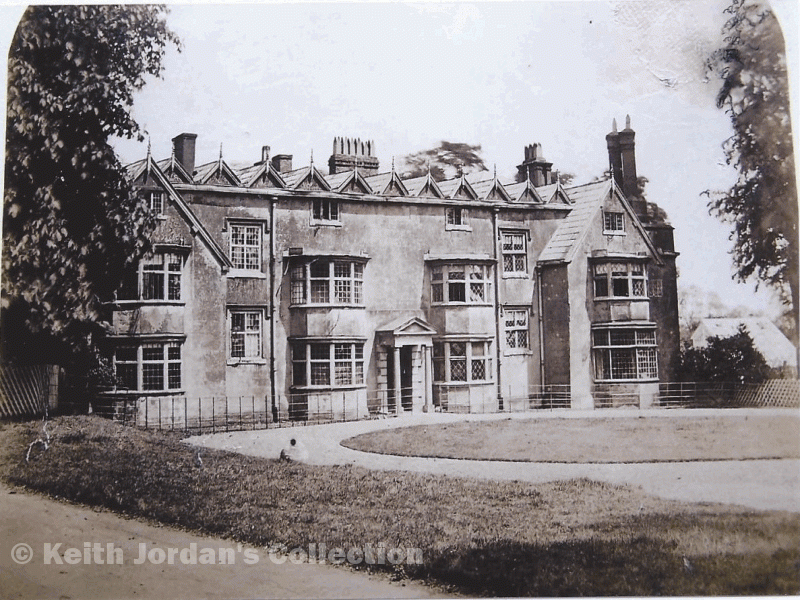In 1824 Joseph Webster was the owner of Penns Mill and forty acres of land. The next thirty years saw the steady expansion of the Penns estate, until a schedule of 1856 shows that 574 acres of land in Sutton then belonged to the Websters. Some of this additional land was former common land which was granted to the Websters when the commons were enclosed, but most was purchased. Another local magnate, Egerton Arden Bagot of Pype Hayes, built up his Sutton estate from 23 acres to 146 acres over the same period.
The Rev. E.A.Bagot inherited Pype Hayes Hall in 1819 at the age of 42, together with extensive property, but only a small park. A desirable addition to his park would be the part of Sutton Coldfield lying to the south of Penns Lane and east of the E brook, and his first step towards gaining this was to buy some fields to the north of Penns Lane, 26 acres, for £1827.
Most of the land he wanted was open common called Eachelhurst Field, but this was to be privatised under the Enclosure Act of 1824. In 1827 the Enclosure Commissioner offered most of Eachelhurst Field for sale to defray his expenses, and Bagot purchased 79 acres for £5,700. By 1840 he had managed to buy all the rest of Eachelhurst Field.
Between Eachelhurst Field and Pype Hayes Park there were fourteen small fields called the Eachelhurst Bottoms which belonged to the Warden and Society of Sutton (i.e. the Corporation). The Warden was not allowed to sell this land, but at the time of the enclosure exchanges of property were allowed, and the Warden eventually agreed to an exchange with Bagot: the Eachelhurst Bottoms for the 26 acres of land to the north of Penns Lane.
By 1827 Bagot could see his way to owning all the land he wanted, except for a small field called Minors Meadow where Joseph Rea had his cottage and farm buildings. After much argument it was agreed that Bagot would build a new cottage and outbuildings on an equivalent plot of land in Walmley Village for Joseph Rea which he would then give to the corporation in exchange for Minors Meadow.
Joseph Webster had co-operated with Bagot throughout this process with exchanges of small plots and agreements about a new leat to serve Plants Forge, and he also consolidated his small Park at Penns. Wealthy men like Bagot and Webster used the provisions of the Enclosure Act to their advantage.
